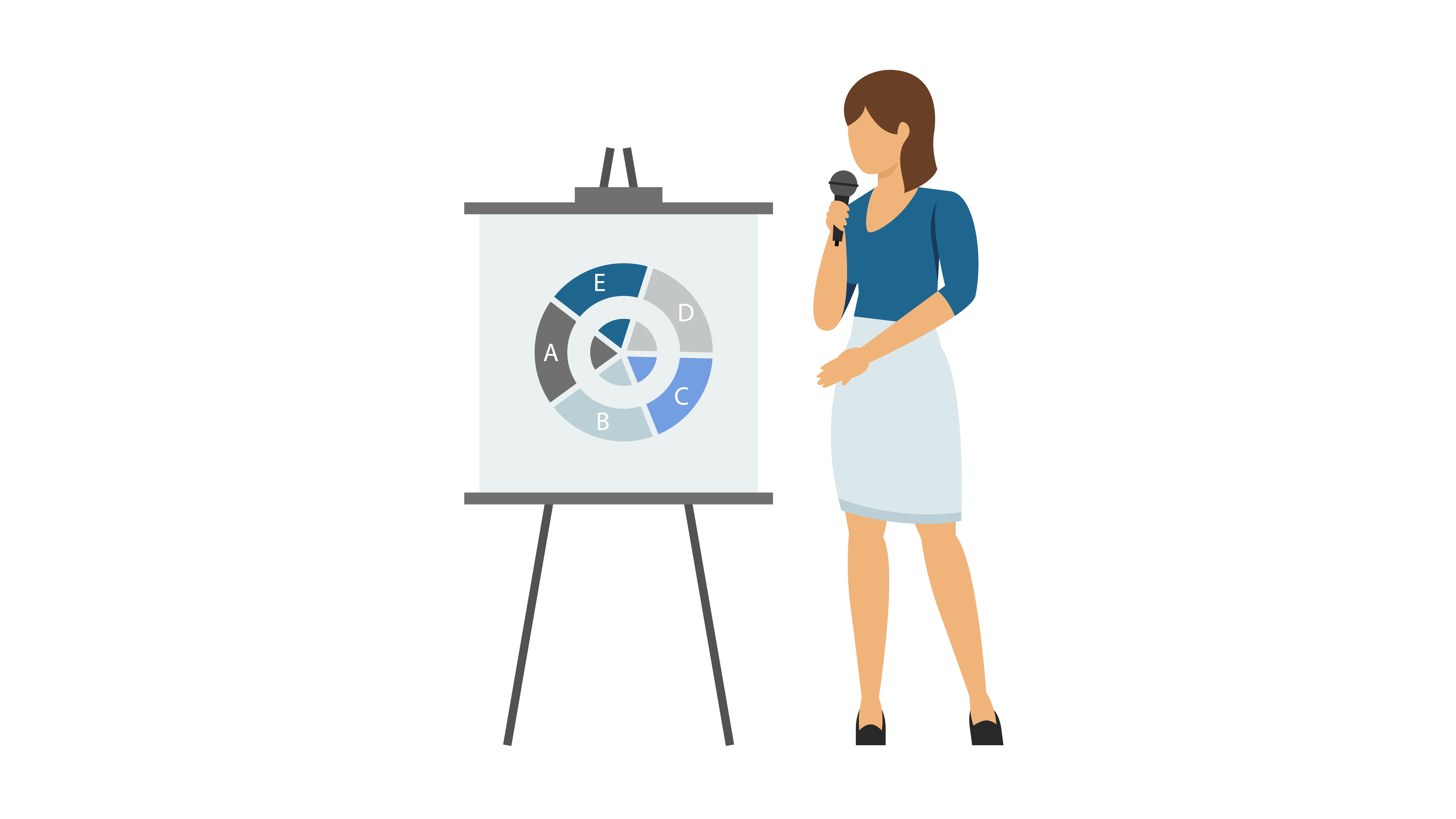All Categories
Featured
Customer data platforms (CDPs) are a vital device for modern companies which want to collect, store, and manage customer information in one central data center. These applications provide an enhanced and more comprehensive overview of customers' preferences and can be used to tailor marketing campaigns and personalize customer experiences. CDPs also provide a wide range of capabilities, such as data governance, data quality, data formatting, data segmentation and compliance, to ensure that the customer data is stored, collected and utilized in a secure and organized manner. With the ability to pull data from other APIs such as a CDP will also allow organizations to place customers at the center of their marketing efforts as well as improve their operations and get their customers involved. This article will highlight the benefits of CDPs in organizations.
cdp product
Understanding CDPs: A client data platform (CDP) is a piece of software that allows businesses to collect, store, and manage the customer's information in one central location. This allows for a more exact and complete view of the client, which can be used to target marketing and personalised customer experience.
-
Data Governance Data Governance: One of the most important characteristics of the CDP is its capability to categorize, safeguard, and manage information that is in the process of being incorporated. This can include division, profiling and cleansing processes on the data being received. This helps ensure compliance with data laws and regulations.
-
Data Quality: It's crucial that CDPs make sure that the information they collect is of high-quality. That means data needs to be entered in a correct manner and meet the desired quality standards. This will reduce the need to store, transform, and cleaning.
-
Data Formatting Data Formatting CDP is also used to ensure that data conforms to the predefined format. This allows data types such as dates to be aligned across customer data and ensures an accurate and consistent entry of data. cdp analytics
-
Data Segmentation Data Segmentation CDP lets you segment customer data to better understand the different customers. This allows you to test different groups against one another and obtaining the appropriate sampling and distribution.
-
Compliance The CDP helps organizations manage customer data in a manner that is in line with. It allows the creation of secure policies, the classification of information according to the policies, and the detection of policy infractions while making marketing decisions.
-
Platform Selection: There is an array of CDPs to choose from, so it's crucial to fully understand your requirements prior to choosing the most suitable one. This involves considering features like data privacy and the ability to pull data from various APIs. marketing cdp
-
Put the customer at the Heart of Everything This is why a CDP lets you integrate of real-time, real-time customer information, ensuring instantaneity, precision and unison that every marketing team requires to streamline their operations and get their customers involved.
-
Chat Billing, Chat, and More: With the help of a CDP it's easy to gain the background you need for a great discussion, regardless of the previous chats, billing, or more.
-
CMOs and CMOs and Big Data CMOs and Big Data: According to the CMO Council 61 percent of CMOs think they're not making the most of big data. The 360-degree customer view offered by CDP CDP is a great way to overcome this problem and allow for better customer service and marketing.
With a lot of different kinds of marketing technology out there every one typically with its own three-letter acronym you might wonder where CDPs come from. Although CDPs are amongst today's most popular marketing tools, they're not a totally originality. Instead, they're the current action in the evolution of how online marketers handle client information and customer relationships (Customer Data Platform Cdp).

For a lot of marketers, the single most significant worth of a CDP is its capability to segment audiences. With the capabilities of a CDP, online marketers can see how a single consumer interacts with their company's different brands, and determine opportunities for increased customization and cross-selling. Of course, there's far more to a CDP than division.
Beyond audience division, there are three huge reasons why your business may desire a CDP: suppression, customization, and insights. Among the most fascinating things marketers can do with information is identify clients to not target. This is called suppression, and it's part of delivering truly personalized client journeys (Customer Data Platform Cdp). When a customer's merged profile in your CDP includes their marketing and purchase data, you can reduce ads to clients who've currently purchased.

With a view of every consumer's marketing interactions connected to ecommerce data, website visits, and more, everyone across marketing, sales, service, and all your other teams has the chance to comprehend more about each consumer and deliver more individualized, pertinent engagement. CDPs can assist marketers deal with the origin of many of their biggest day-to-day marketing problems (Customer Data Platfrom).
When your data is detached, it's more difficult to understand your consumers and create significant connections with them. As the variety of information sources used by online marketers continues to increase, it's more crucial than ever to have a CDP as a single source of fact to bring all of it together.
An engagement CDP uses consumer data to power real-time customization and engagement for customers on digital platforms, such as websites and mobile apps. Insights CDPs and engagement CDPs comprise most of the CDP market today. Extremely few CDPs include both of these functions equally. To pick a CDP, your business's stakeholders should think about whether an insights CDP or an engagement CDP would be best for your needs, and research study the couple of CDP alternatives that include both. Customer Data Platform.
Redpoint GlobalLatest Posts
The Importance of Data Quality in Achieving Marketing Goals
The Advantages of Segmenting Customer Data with a CDP
CDPs and the Role of Data Governance in Compliance